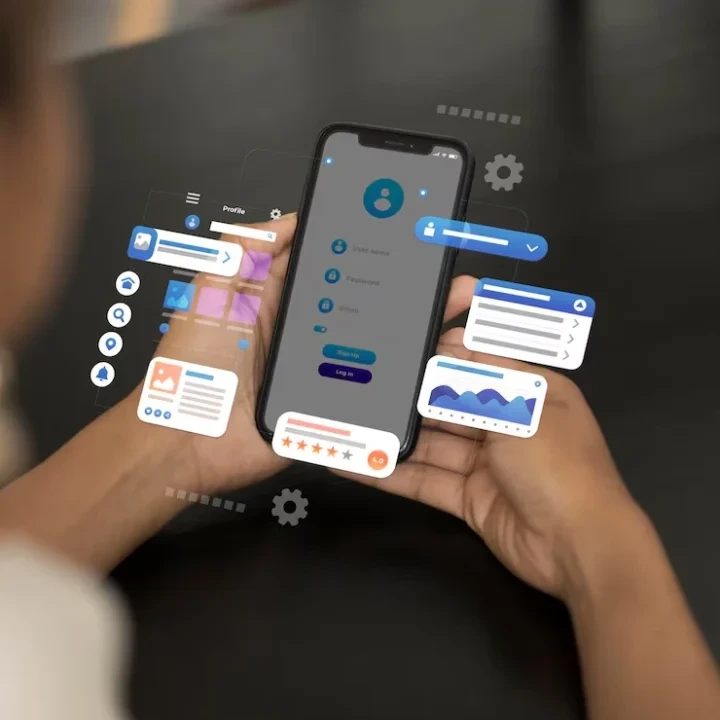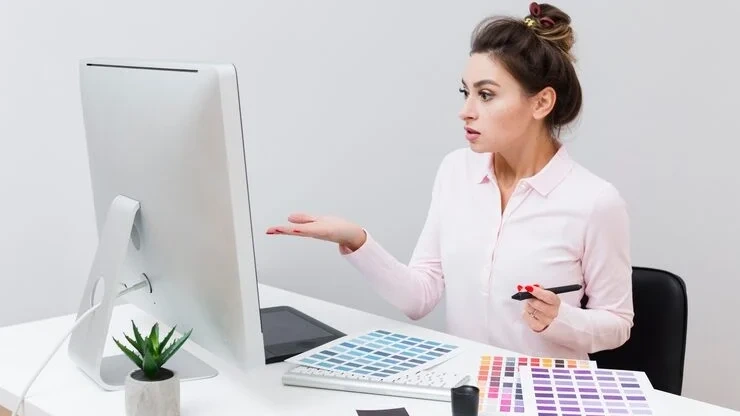The keyword “https//www.microsoft.com/ink” shows up often in searches from users looking for Microsoft’s drawing tools, especially on touch devices. While the link itself is incorrect, it often leads people to Microsoft’s Ink to Code — a Windows app that helps turn sketched wireframes into real application prototypes.
For anyone working with app development or UI/UX concepts, this tool can help build and plan faster without jumping straight into complex code. Whether you’re sketching with a stylus or touchscreen, Ink to Code translates that input into something usable for developers.
Let’s walk through what Ink to Code is, how it works, and why businesses that rely on efficiency and testing ideas quickly might want to pay attention.
What Is Microsoft Ink to Code?

Ink to Code is a Windows app built under the Microsoft Garage program. It allows developers to draw rough app wireframes with digital ink and send those sketches directly to Visual Studio. It supports Universal Windows Platform (UWP) and Android layouts.
It takes hand-drawn UI elements such as buttons, labels, and text fields, uses basic AI and pattern recognition, and converts those drawings into layout files compatible with Visual Studio. The idea isn’t to replace your design workflow, but to save time during the early stages when you need to sketch ideas fast, test layouts, and avoid redrawing every idea manually. You can use a touchscreen laptop, tablet, Surface device with a pen input, or newer devices like the iPhone 16 Pro Max with stylus support. The tool recognizes basic shapes and UI logic and helps you avoid repetitive tasks in code editors. For optimal graphics performance during intensive design work, ensure your NVIDIA drivers are up to date.
Why It Matters for App Design and Development

Moving from an initial sketch to a functioning layout can be time-consuming, especially in the early phases of a project. Many teams start with whiteboards, paper sketches, or digital notes before recreating everything manually in design or development tools. This process often leads to duplicate work and slows down iteration.
Ink to Code removes several of those manual steps. It allows you to draw interface components such as buttons, text fields, and labels, and convert those drawings into structured code files. This gives developers a basic screen layout they can start building on immediately.
Instead of recreating rough ideas in Visual Studio line by line, developers receive a layout file that reflects the original sketch. This not only saves time but also keeps early visual concepts intact without relying on memory or guesswork.
In practice, this means faster feedback loops, simplified handoff, lower barriers to iteration, and time savings in early stages. Early-stage prototypes rarely need full visual polish. Ink to Code supports rough drafts that help clarify layout structure and user flow before investing more time in styling.
It’s not meant to replace Figma, Adobe XD, or Sketch — those tools are better suited for detailed interface design, branding, and high-fidelity prototypes. Ink to Code fills a practical role in earlier phases when teams need to move quickly and don’t want to start from scratch every time they make a change.
This is especially useful in settings like hackathons where time is limited, student projects where understanding layout logic is key, startup MVPs where speed matters, and internal tools where function often outweighs form.
By focusing on the layout structure and reducing repetitive setup work, Ink to Code helps teams focus their time on what matters next — refining features, writing logic, and testing usability.
Need a simple way to remember this? Like rena monrovia when you transport something by car, Ink to Code lets you carry your interface ideas directly to development — without reloading them into a whole new system.
Who Uses Ink to Code?
Ink to Code works best for people who need to move quickly from an idea to a working layout. While it’s not a full-scale design or development tool, it covers a specific part of the process — getting rough sketches into a usable format for developers.
Solo developers and small dev teams benefit because they often don’t have the luxury of separating design and development. Ink to Code provides a fast way to sketch out screen layouts without spending hours manually drawing UI elements in Visual Studio.
UI/UX designers can capture rough interface ideas and pass them into development. It allows for quick iterations when wireframing basic app flows.
Computer science students and learners gain a faster way to understand layout structure and how interfaces are built from wireframes.
Microsoft Surface users with a stylus find the tool especially comfortable, as it was designed with pen input in mind.
Ink to Code is particularly compatible with Visual Studio 2017 and later. Once a sketch is completed, the app converts the layout into either XAML for Universal Windows Platform apps or XML for Android development. These files provide the framework — containers, buttons, text fields — without detailed styling or logic.
Looking for tools that keep you productive and relaxed between projects? Try 1v1.lol unblocked — a quick way to reset your brain while staying sharp.
Should Businesses Use Ink to Code?

If you’re in tech, marketing, or product development, speed is always a factor. Even outside traditional app development, businesses are sketching layouts for internal dashboards, web-based tools, mobile feedback forms, and workflow tools.
Ink to Code helps reduce the gap between whiteboard ideas and testable screens. That means fewer meetings about layout changes, faster iterations, and less manual work to rebuild rough drafts in Visual Studio.
While it won’t be a replacement for graphic design or full-stack platforms, it’s useful when you’re experimenting with user flows or building wireframe demos.
Getting Started
To try Ink to Code, visit the Microsoft Store and search for Ink to Code. Install it on a Windows device with stylus support, open the app, draw standard UI components, and then export the design to Visual Studio to refine the layout.
It works best with the classic setup: Windows 10 or 11, Visual Studio 2017 or later, and a Surface or touchscreen laptop.
Final Thoughts
Ink to Code is a focused app for a specific type of task: taking quick sketches and turning them into starter UI layouts. It’s not trying to be a complete design platform, and that’s part of what makes it useful. It fills a functional gap that many early-stage projects need.
Whether you’re a developer, a student, or someone testing ideas fast, this free tool can help reduce steps and save time.
Want more tools, ideas, and practical guides like this one? Visit https://plantsumo.com — where clarity and function matter.





